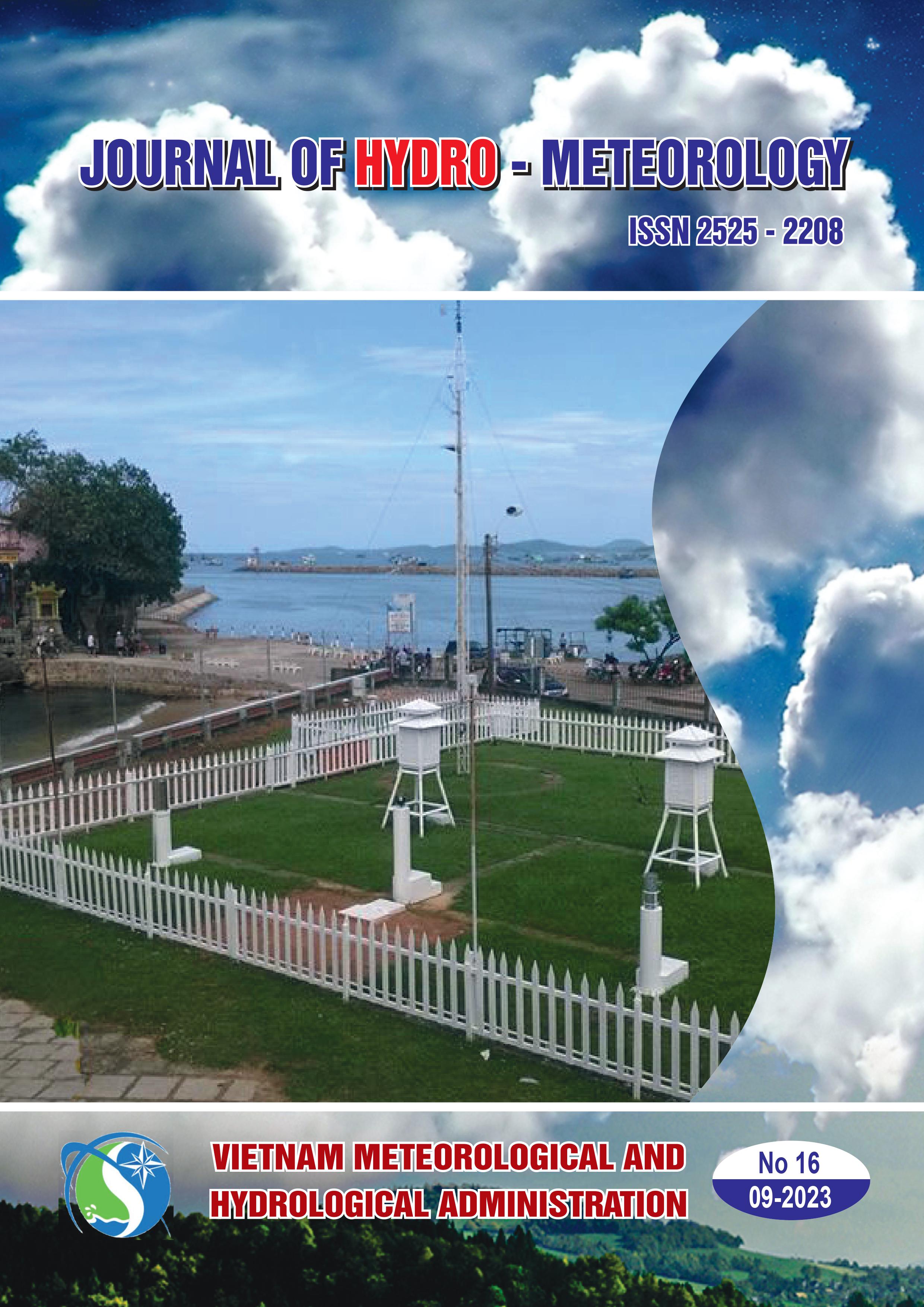Flood risk assessment from high tide based on principal component analysis (PCA) of Sentinel-1 satellite images sequence for Ho Chi Minh City
Tóm tắt
Using Sentinel-1 image series with 10m resolution from the past to present by Principal Component Analysis (PCA) method for Ho Chi Minh City area, helping to assess flood risk due to canal leveling, slitting in some complicated times, narrows the space for water regulation. In addition, Climate change causes sea level rise, thereby increasing the existing water level along with that in large rivers and also causing storm surge, which coincides with the time of flood discharge at Dau Tieng and Tri An reservoirs. The situation of groundwater exploitation, subsidence of the existing ground is continuous and increasing. With the accumulated settlement estimated to date about 100 cm, the current settlement rate is about 2-5 cm per year. Particularly in concentrated areas such as commercial works, the subsidence rate is about 7-8 cm per year. The rate of land subsidence is about twice as high as sea level rise. Therefore, Ho Chi Minh City is one of the cities affected by flooding due to high tide, especially in the current climate change conditions. According to the statistics of flood-prone areas due to high tides from 2014 to 2022, Can Gio district has the highest risk of flooding, with a flooded area of up to 3.713.236 hectares. The districts with an extremely high risk of flooding after Can Gio district are Cu Chi district, Binh Chanh district, and Nha Be district, with 1,764,564 ha, and 1,296,246 ha, and 1,012,550 hectares.

